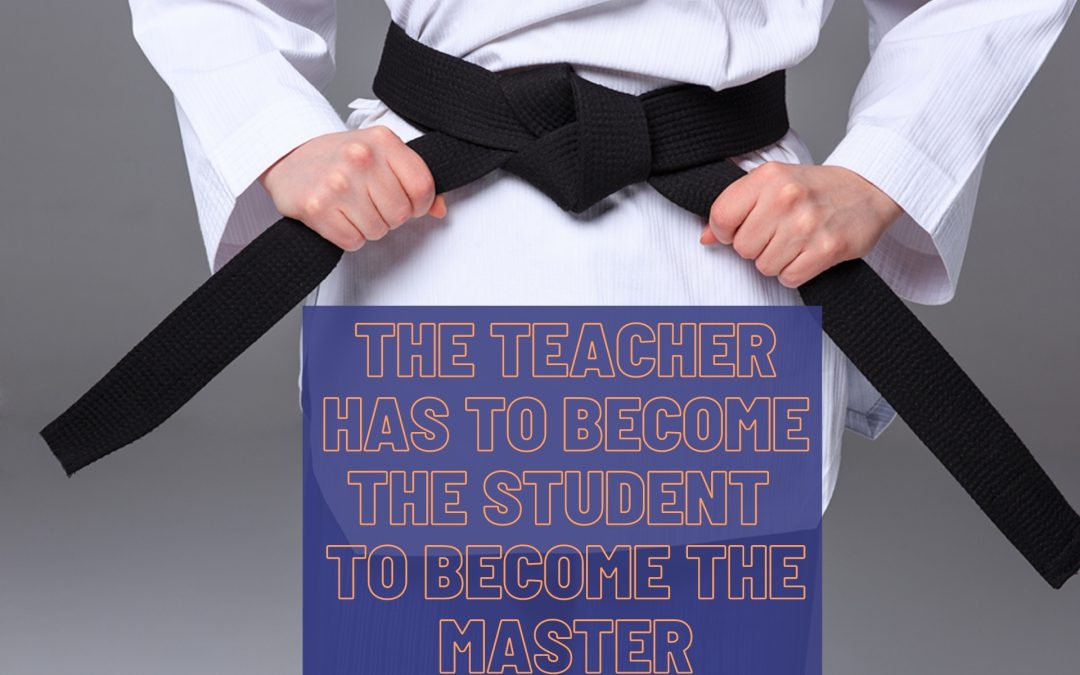It is the information age. What once could only be accessed through university professors and at the cost of tuition is now readily available online and often for free. If you want to become a good teacher, $300 in books and 30 hours online will get you a long way toward your goal. However, one of the best things you could ever do to improve your teaching is not studying someone else’s work; it’s studying your own.
1. Get a Mentor Teacher
We all need mentors. Chances are you know an amazing seasoned homeschool teacher, a professional teacher or someone who used to teach. Tap them as your mentor teacher. Develop a relationship so that you can get together or call them on the phone just to talk about your teaching. If you are encountering a challenge in your classroom, chances are someone else has faced a similar situation. No need to reinvent the wheel. Lean on the wisdom of others.
2. Seek Peer Review
Get together with another active homeschooler. Ideally, it would be someone who is teaching the same grade or using the same curriculum. Get together or video chat and write lesson plans or talk about your techniques and strategies. Be open to giving and receiving feedback, even criticism. You don’t want someone who loves all of your ideas. This relationship is about sharpening each other’s craft not artificially inflating your ego.
3. Videotape yourself teaching
People are taking video of everything these days with their phones. Why not record your teaching? The kids don’t even have to know you’re doing it. Then, like a football player reviewing game footage, watch your work. Look for the good, the bad and the ugly. This exercise will challenge you, but you may notice some things which will help you improve your delivery, timing or demeaner the next time. Don’t just observe yourself, either. Watch your student as well. Their body language and maybe even what they are up to when you are out of sight for a moment could also be instructive.
4. Talk to your kids
This is likely the most common method homeschool teachers use to assess their work. Frankly, brick and mortar school teachers could use a little practice in surveying their pupils. You are not going to abandon math lessons because your student doesn’t like them, but you may find using manipulatives or setting time limits on a more challenging subject, scores better than less interactive lessons which only seem to be regulated by mastery. Here you have the opportunity to create the illusion of choice. Your goal is mastery of lesson. How that mastery is acquired can be a choice between a few paths. That is what we call a win-win.
5. Combine 4 & 5 in a Reflect and Re-Teach Exercise
If after watching your video or getting some feedback from a trusted mentor or friend, what would be wrong with saying to your student, “Can I try that again?” There is some serious humility and vulnerability wrapped up in that question, but what better way to model the very attributes you would like your student to display? You could even ask for their feedback on the two lessons giving you further information about your work.
If you really want to get good at this teaching thing, reach out and be willing to listen and learn. Reflect on your own work and look for potential to improve just like you review your student’s work with an eye for opportunity. You will soon be the sensei master of your homeschool classroom.
Nathan Manley is a certified teacher and coach with a masters degree in education. He has taught multiple subjects, every age group and from Jamaica to California. Between his three children, his family has experience with public school, private school, charter schools, hybrid programs and full time homeschool. He believes music and film produced after 1989 is “meh.”

